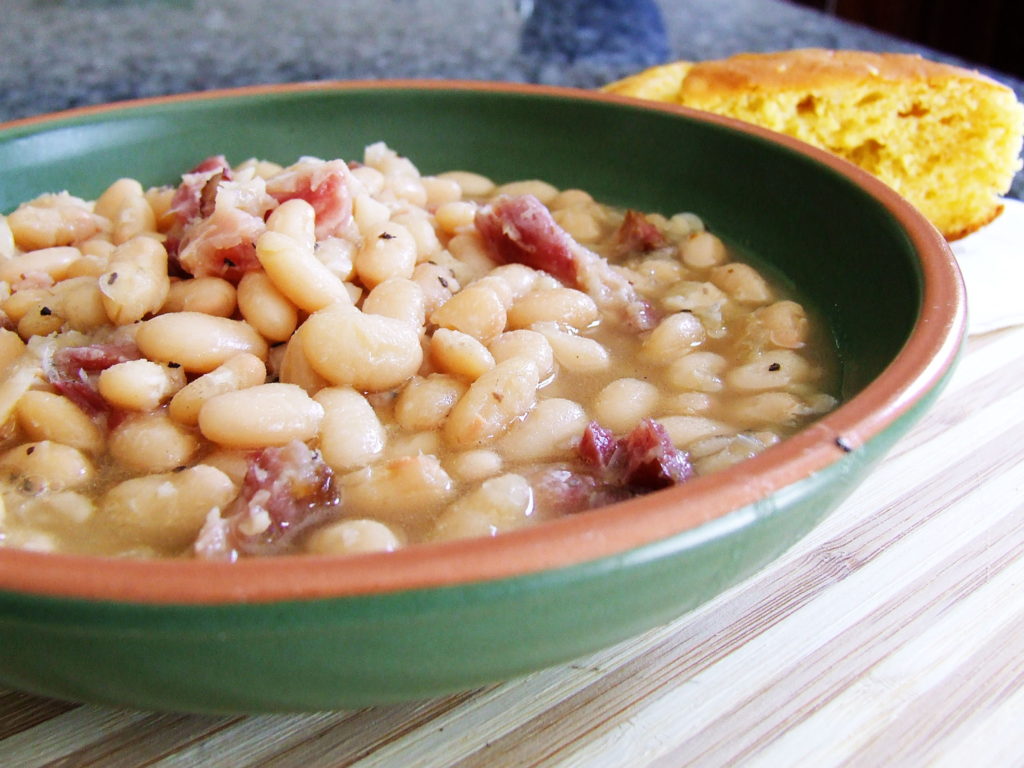By Carolyn Nicolaysen · July 28, 2015 (Meridian Magazine) Find her on Facebook at Totally Ready.
(edited slightly for spelling and formatting)
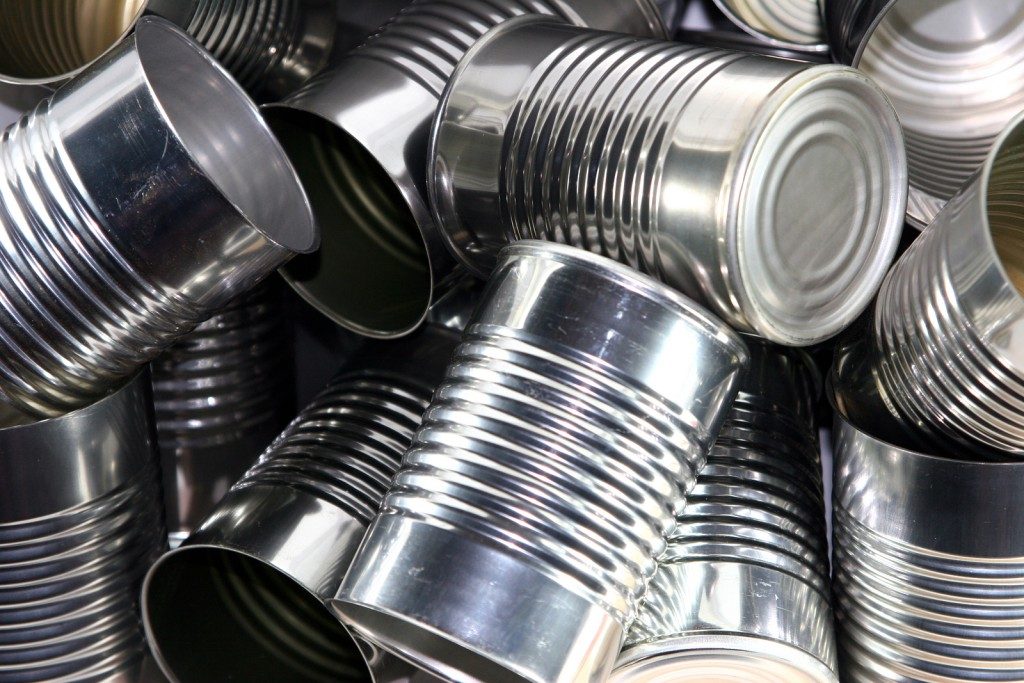
In a real emergency, no one is going to ride in and rescue us if the calamity involves the whole community. Government, church leaders, prophets, and emergency response organizations all tell us to prepare – and to expect that in the aftermath of a disaster we will be on our own for 72 hours at least, and possibly for days or weeks after that.
Coping with natural disasters is one thing – coping with a slow drain on our back-up reserves is another. Food storage and emergency preparations require planning, continuing education, and awareness of our changing needs. In this time of downsizing and economic disappointment, it is more urgent than ever before in our lifetime that we commit to self-reliance and stay on top of our family emergency plan. Don’t be left wondering when that crisis comes, “what have I done?†Here are 17 ways we could be sabotaging our own best efforts.
1. Move too fast – that’s right, just go right ahead and jump into emergency preparedness – blow a thousand bucks on off-the-shelf solutions before you’ve educated yourself. Or… Slow down. Take the time to understand your needs. We are all planning for the same things: food, water, shelter, hygiene, sanitation, and medical needs. The challenges we are preparing for may differ. Some live in earthquake country, some in the path of hurricanes, some in tornado alley, some for ice storms or power outages. It really doesn’t matter. The items we store will be the same, but with slightly different priorities and proportions. The knowledge we need to deal with such emergencies is a matter of awareness, study, and organization. Analyze what your family needs before you begin purchasing. Create a list, plan and budget for priorities before buying anything.
2. Follow someone else’ plan. There are many plans floating around on the Internet. Be careful. A common plan challenges you to spend five or ten dollars a week for a year and provides you with a list of items to purchase each week. Take a careful look at those lists. One such list included only a few jars of peanut butter and a few cans of tuna for protein and no veggies or fruit. Storing from all the food groups should always be your goal. Each plan will be unique to the family storing, or at least it should be. Following your own plan also allows you to consider any special dietary needs in your family and only you can determine what to store for those family members. Again, think food groups.
3. Look for the easy fix. They say in real estate it is location, location, location. In food storage it is variety, variety, variety. As you create a list of foods and supplies to store, remember that variety is key to maintaining a lifestyle as normal as possible. You can find many lists that will tell you to store X amount of oats for example, but what if your family hates oatmeal? Remember when you told your mom you loved barbecued potato chips and she put them in your lunch every day? Remember how, after a month, you traded them for a new taste? Do not make the mistake of storing large amounts of specialty foods. You may enjoy these, but if you have others evacuating to your home they may not. Children may also rebel and refuse to eat. Instead of ending up with foods that are unfamiliar, plan to include a variety of foods.
4. Ignore nutritional needs. Again, think about Food Groups. When creating your shopping list, be sure to incorporate all of the food groups into your plan. Each group provides a different nutritional need. You should design your list to include grains, proteins, fruits and vegetables, dairy, and fats. Again – remember variety – but this time think color. Fruits are not created equal. Orange fruits provide different nutrients than blue and purple fruits.
5. Forgetting spices and condiments. If it doesn’t taste good, who wants to eat it?
6. Fail to include non-food essentials. Cleaning supplies, toiletries, personal hygiene products, medications, pet needs, and sanitation needs are all essential for a successful storage plan, one that is truly self-reliant.
7. Ignore a sensible storage strategy. All foods, even grains in cans and dehydrated foods, should be stored in a cool, dark, and dry area of your home. Temperatures should remain at under 80 degrees on the worst days, and hopefully below 70 degrees for optimal storage. Create new names for the areas of your home to break the mindset that you have become used to. The coat closet can be renamed the grain pantry. The linen closet can be thought of as the toiletries and medications cupboard. There is no law that declares a home must have a coat closet by the front door, though it is nice to have one, It is also nice to protect your preparedness investment. In a few minutes, you can add a few shelves and make storage spaces much more valuable areas of your home. It may take a few more minutes to grab a coat from your bedroom closet, but it might just be worth the effort.
8. Improper packaging. Paper bags, paper and cardboard are not good for storing food long term. If you are storing for long term always transfer food to metal, plastic or glass containers. Plastic, except for buckets, should be your last choice. You want containers that are moisture proof and safe from the ravages of pests like mice and insects.
9. Overlook comfort items. Yes – chocolate, candy, and popcorn all have their place in a good, well constructed food storage plan. Did you know popcorn is also the corn you will want on hand to grind for corn meal? Real popcorn, not the microwave variety. During a time of stress, comfort foods can provide the catalyst that transforms kids from whiners to helpers. This is a chance to continue family food traditions in a crisis. Birthdays come even during difficult times, and a birthday cake can really lift the spirits.
10. Storing foods you do not know how to prepare. All the food in the world will do you no good if you can not prepare it. You may have a neighbor or friend who knows how to bake bread and soak beans but when the time comes you better have enough stored for both families if you plan to ask for the friend’s help.
11. Failing to have the proper equipment. If you don’t have a wheat grinder what good is wheat, except for use as a cereal but that won’t make much of a peanut butter and jelly sandwich, so why are you storing peanut butter and jelly? Do you have the ability to cook those foods off the grid if you should be without power or do you have at least some foods that can be eaten right from the can? Which begs the question, do you have a can opener that is not electric?
12. Overdo it! Whether you purchase all at once or create a weekly budget and purchase over time, never purchase too much of just one food group. Always spread your money between all the groups and if you are on a limited budget get a one day supply of everything, then a one week, them a one month and so on. Three hundred pounds of wheat is not going to be satisfactory if that emergency arrives before you add the peanut butter and jelly to make the sandwiches.
13. Underestimate the value of water. Water is often the overlooked or under planned element in a preparedness plan. When designing your plan be aware that dehydrated and freeze dries foods need extra water to reconstitute and prepare. Remember, you need water for drinking, flushing, cleaning, laundry and cooking. Don’t forget pets are family members too and need to be counted when calculating how much water to store. Often overlooked sources of liquids are the canned fruits and vegetables you should be storing and this is precisely the reason for storing them instead of the dried varieties. Additionally, you already know how to use canned varieties and the kids are used to their taste and texture.
14. Put your storage in the basement and forget it! Or, you might consider the importance of rotating your food and other supplies on a regular basis. This is by far the biggest mistake most people make. They run out and purchase food storage and it is not what they are accustomed to eating, therefore, they do not cook with it and they do not rotate it. What they do after a few years, is throw it away. You must rotate your food storage, medical supplies and even cleaning supplies. All have a shelf life. What good is all this hard work and money invested if it all ends up in the dumpster?
15. Who needs dates and labels, anyway? When you purchase foods, label them with the month and year purchased on top of the can. This will ensure you are always using the oldest first. Canned goods do not lose nutritional value for at least two years after the expiration date so you will have at least two years from date of purchase to rotate through your three month supply.
16. Lose track of what you have. Create an inventory system so you can keep track of what you are storing. Design a spread sheet or get out the good old paper and pencil and record what you have so you know what you still need. Once you have completed your three month supply of the foods you eat this can be as simple as a paper on the fridge where you record items each time you use them up so you know how many you need to purchase to maintain your supply at the three month level.
17. Put it all under the bed. If you have a natural disaster strike your home, some rooms may be destroyed while others are untouched. If you have spread out your storage you may be able to salvage at least part of your supplies. Thinking a little more negatively, should someone enter your home with the intent to steal, they may find some of your stash and be satisfied and leave. Or, if you take a needy stranger to one area of your storage with the intent of sharing, they can take what they need while the rest will remain safely unnoticed, just in case they discuss your generosity with others who are not so trustworthy.
Once aware of these preparedness hazards, we can avoid these common stumbling blocks and keep our family storage plan on track, in balance, and ready for whatever may come our way. It’s all in the way we plan, budget, organize, and keep track of our best efforts and intentions to prepare and be self-reliant.
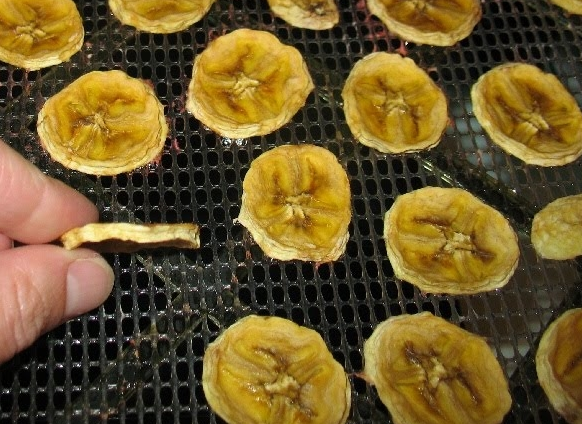

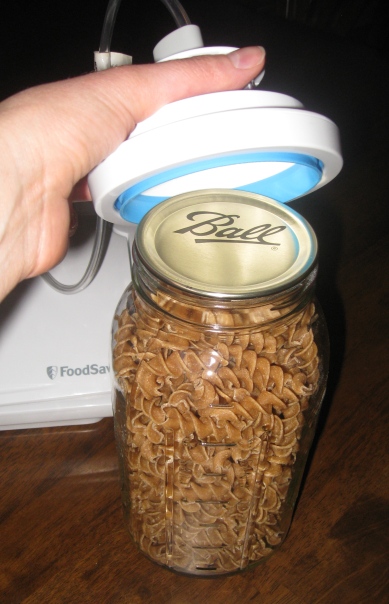

 Light: Â Exposure to light can cause degradation of taste, appearance and nutritional quality of food. Fat soluble vitamins and proteins are most likely to be affected by light. Store your food in opaque containers.
Light: Â Exposure to light can cause degradation of taste, appearance and nutritional quality of food. Fat soluble vitamins and proteins are most likely to be affected by light. Store your food in opaque containers.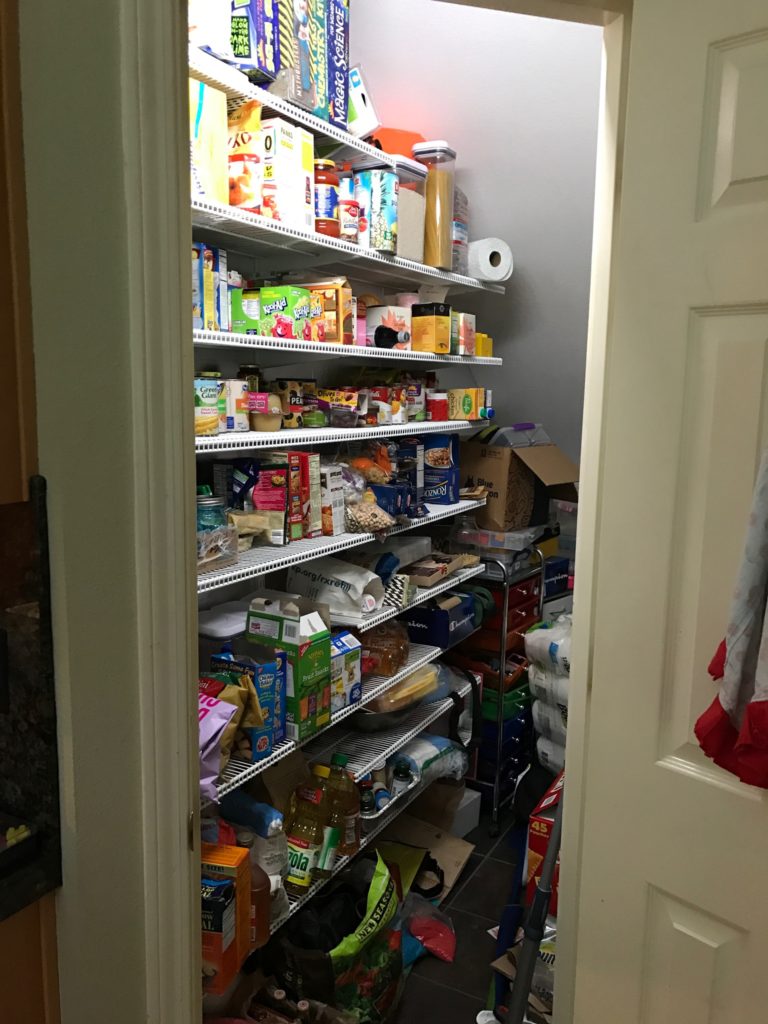
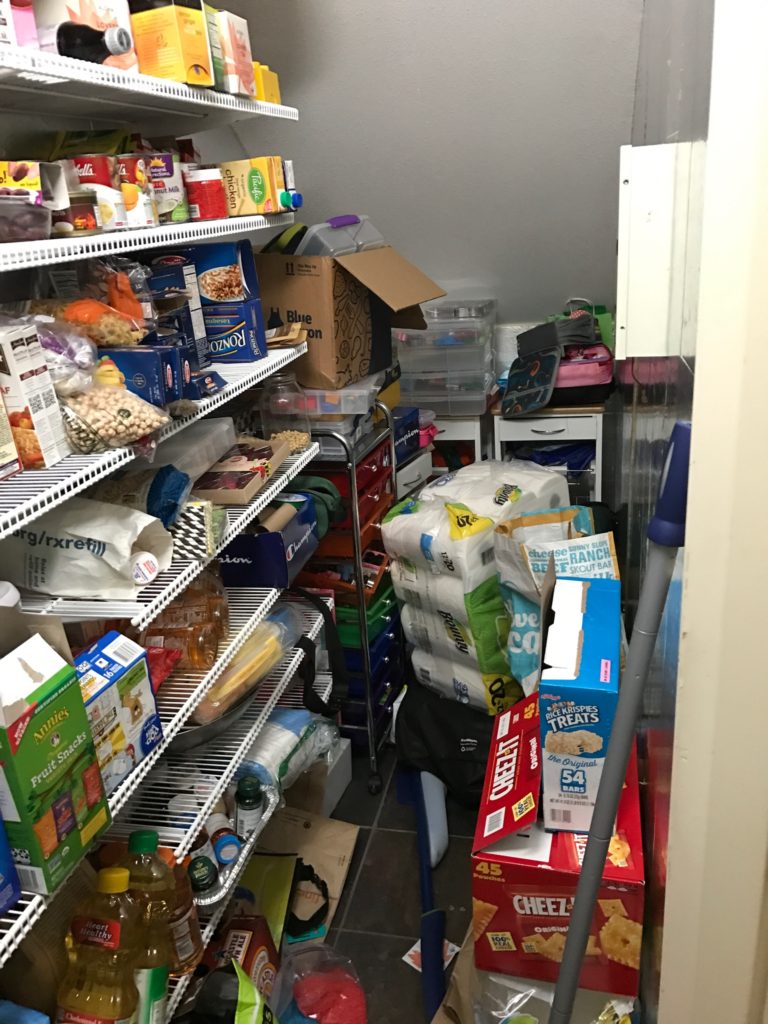
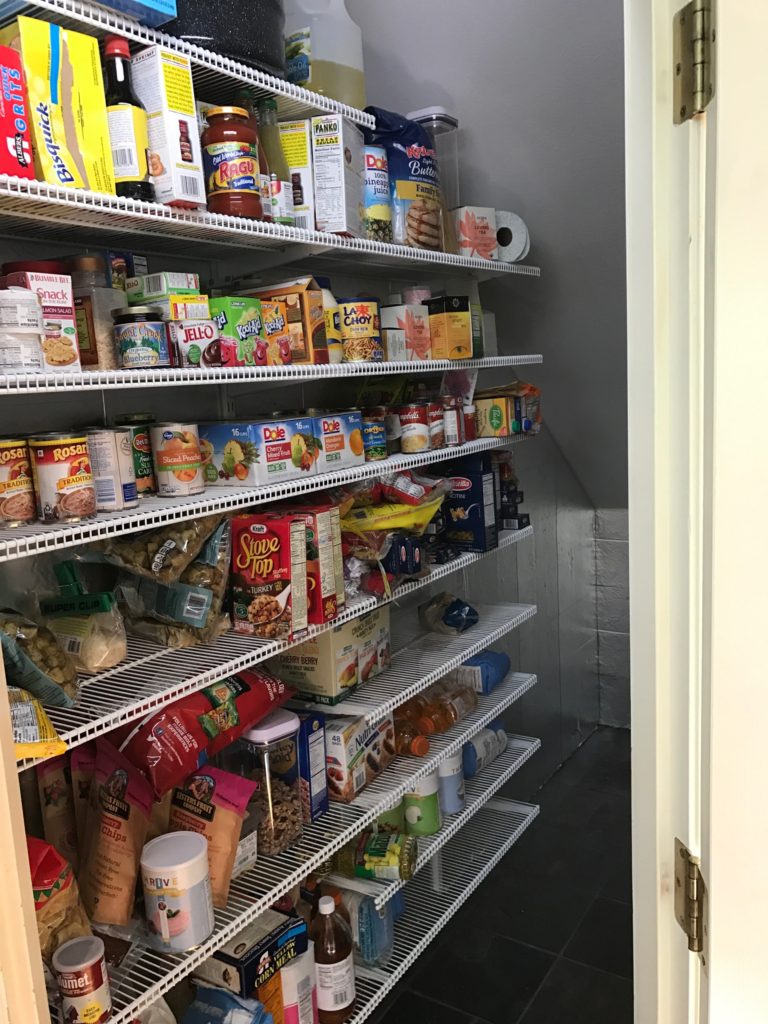
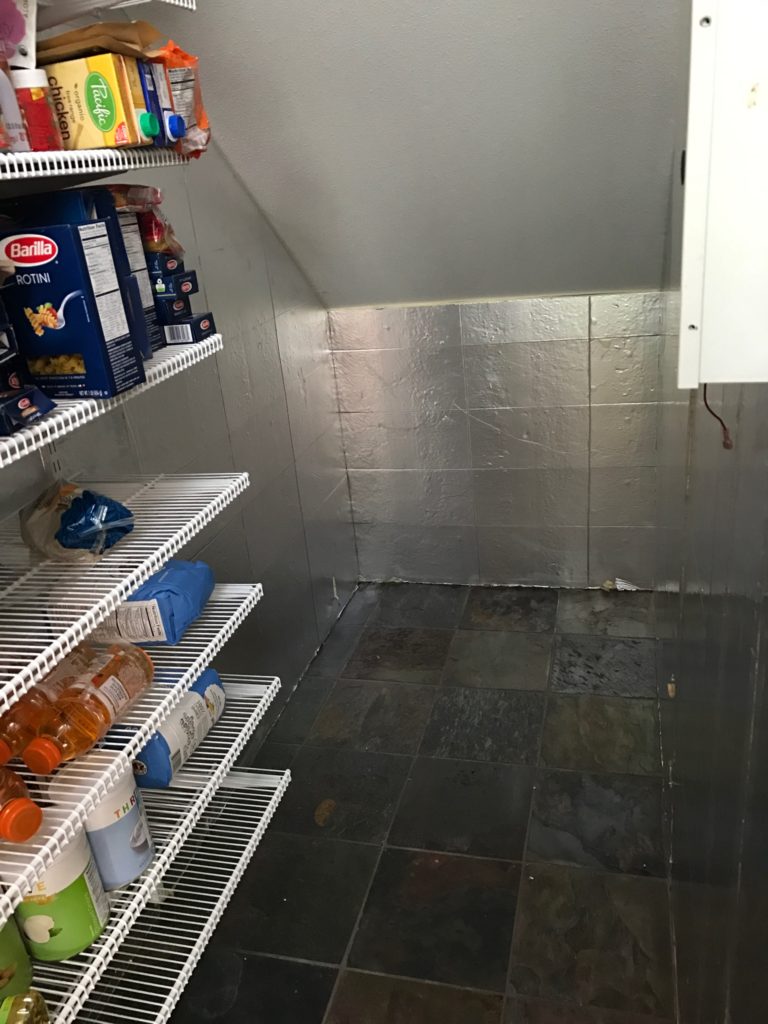
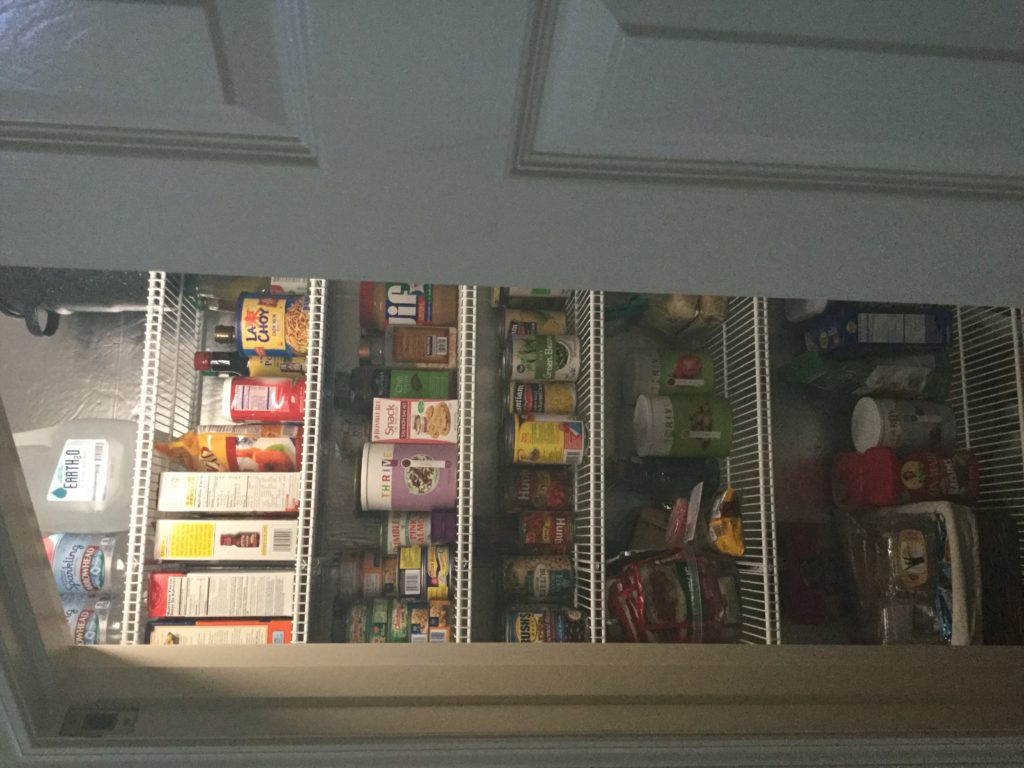
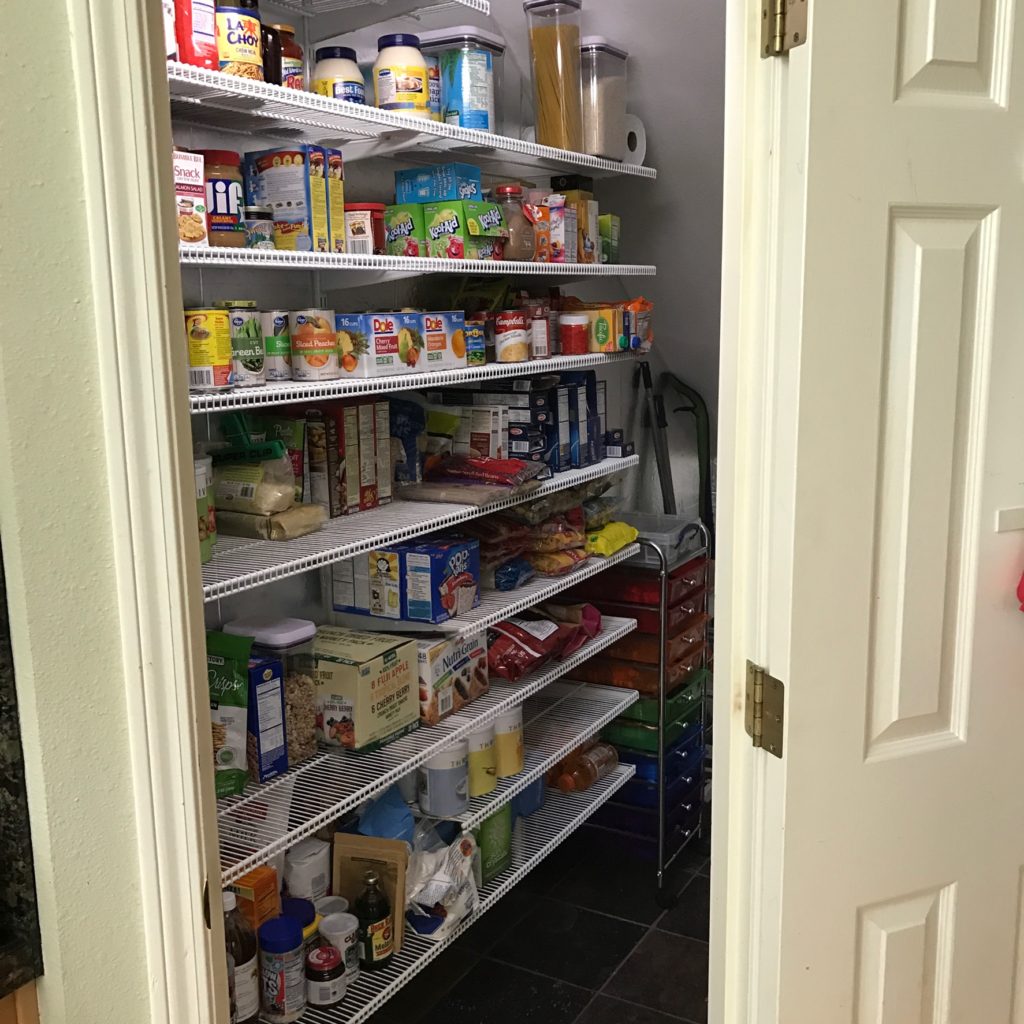

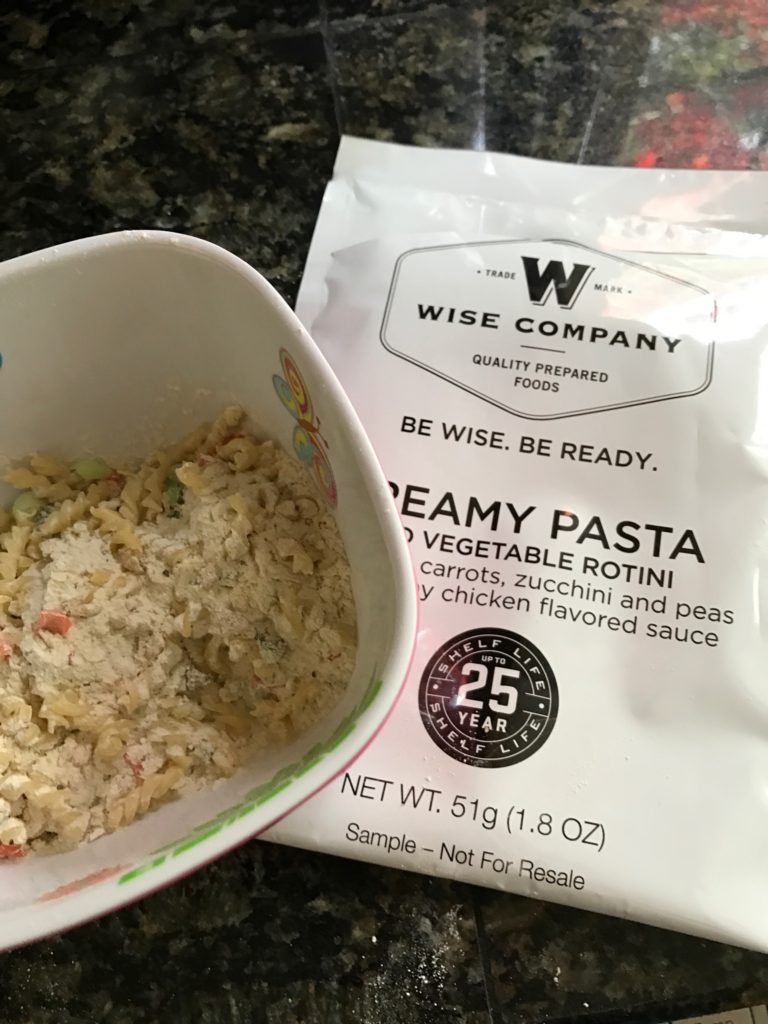
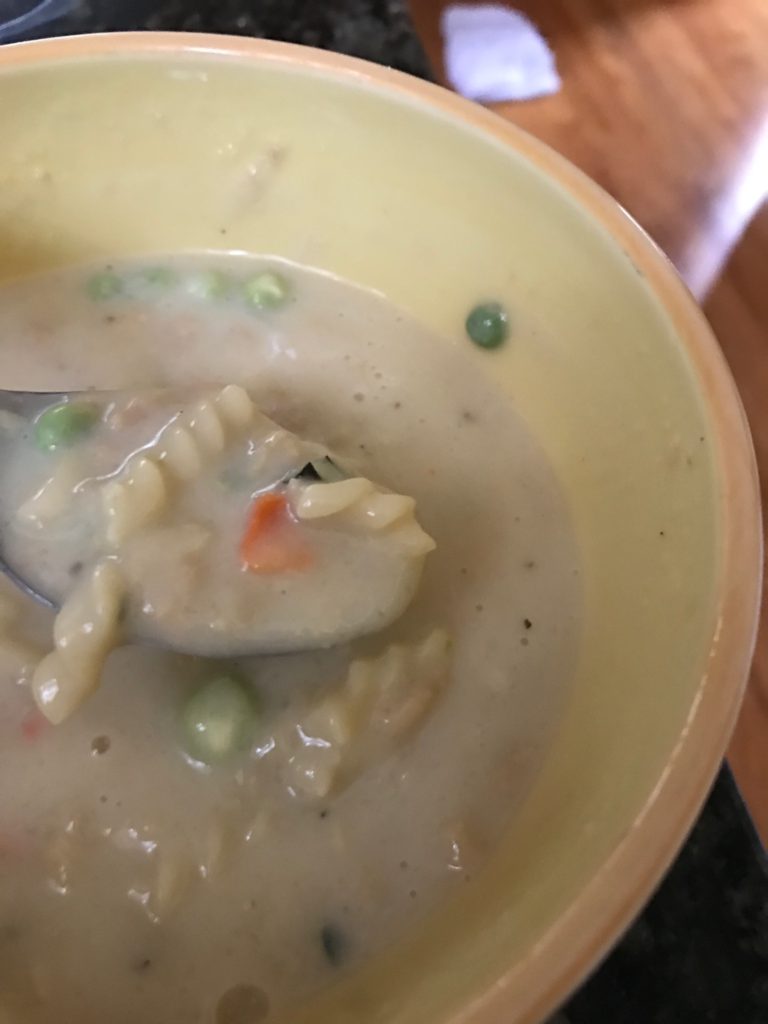

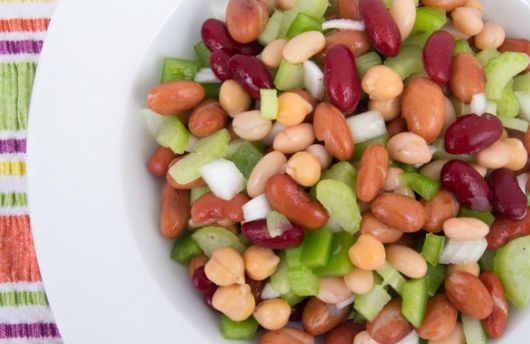 1 can garbanzo beans, drained
1 can garbanzo beans, drained